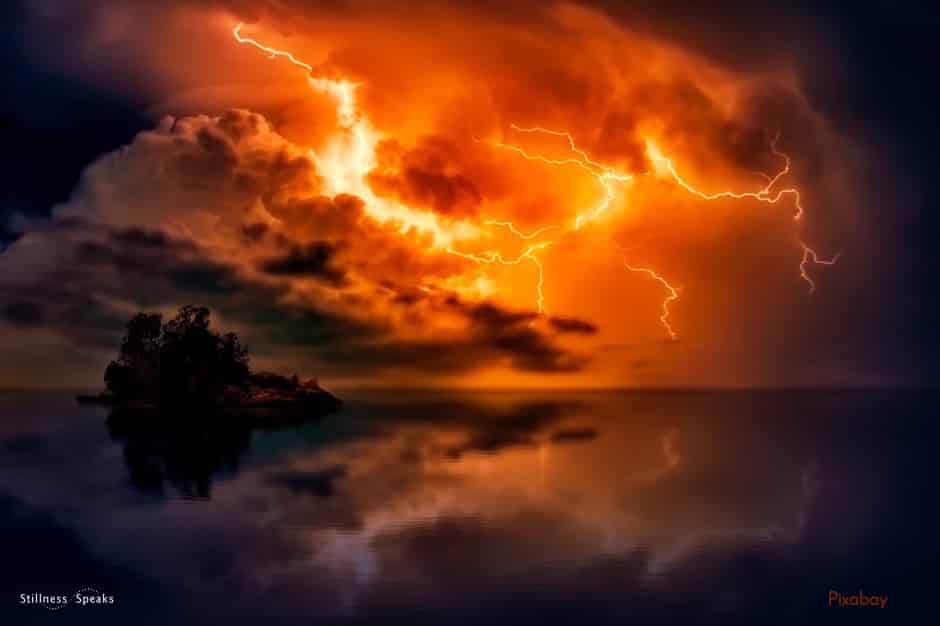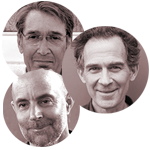Considered by many to be the ‘father of computer graphics’, John Whitney (1917-1995) was a pioneer in linking musical composition with experimental film and computer imaging. Whitney’s first works in film were 8mm movies of a lunar eclipse which he made using a home-made telescope.
In the late 1930s, John Whitney collaborated with his brother, James, on a series of abstract films. Their work, Five Film Exercises (1940-45) was awarded a prize for sound at the first International Experimental Film Competition in Belgium in 1949. Not only was their work visually stunning but it was underpinned by a fascination with Eastern philosophy, experimentation with hallucinogenic drugs and the works of Carl Jung.
During the 1950s Whitney used his mechanical animation techniques to create sequences for television programs and commercials. In 1952, he directed engineering films on guided missile projects. One of his most famous works from this period was the animated title sequence from Alfred Hitchcock’s 1958 film, Vertigo, which he collaborated on with the graphic designer, Saul Bass. John Whitney’s main works from this period include Experiments in Motion Graphics (1968), Permutations (1968) and Matrix (1971).
By the 1970s, Whitney had abandoned his analogue computer in favour of faster, digital processes. The pinnacle of his digital films is his 1975 work, Arabesque, which is characterized by psychedelic, blooming colour-forms. His work during the 1980s and 1990s benefited from even faster computers and his invention of an audio-visual composition program, called the Whitney-Reed RDTD (Radius-Differential Theta Differential); works from this period, such as Moondrum (1989–1995), used self-composed music and drew once again from his interest of mystical as well as Native-American themes.
You can purchase The John Whitney Collection by John Whitney at WorldCat.
Featured Photo: John Whitney – Arabesque (1975) Still image is from digital-abstraction.net






